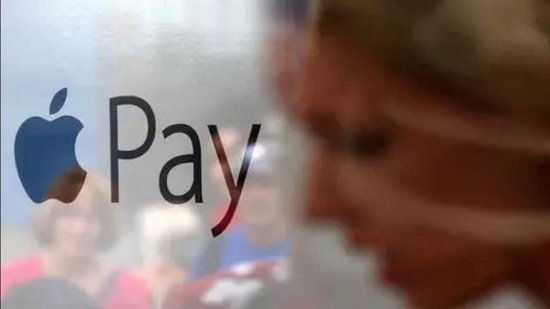
Apple - All Play and No Pay
Thinking of launching a new product? It’s important to have a keen understanding of the market forces that will drive adoption. What may work in one market may not work in another so it’s important to do your homework first. Presuming markets will be the same is often a bad assumption. Strategy is always situation specific! One company re-learning that lesson is Apple Pay in China.
Most of us in North America are familiar with Apple Pay, a phone App that allows you to use your smart phone as a creditcard. Basically, there are two widely accepted methods to take mobile payments, QR codes and NFC. QR codes are those funny looking bar codes popularin some markets where a customer points a phone at the QR barcode and then types in a PIN to transfer funds to the retailer. NFC is where a reader scans the phone and money is automatically transferred from the account. Both Apple Pay and Starbucks pay cards use the NFC system. One can argue the merits of one system over the other but they both work.
In North America, Apple Pay is now accepted by over 35% of all retailers and is the dominant mobile pay system. Apple thought that, given their strong brand, rolling out Apple Pay to other markets would be easy. Apple is discovering that success in one market is no guarantee of success in another. Expecting to replicate the same market acceptance in China as in North America, Apple Pay neglected to do their homework. Instead of taking time to understand the Chinese market Apple hit the ‘play and repeat’ button on their North American strategy.
Apple linked up with Chinese Union Bank thinking that would be their ticket to Sino success and on day one of the launch of Apple Pay in China, 30 million Chinese bank cards were linked to Apple Pay’s system. However, bringing value at the point of check out takes more than just linking a phone to someone’s bank card. The problem with the NFC system used by Apple is that it needs special terminals to accept the payments and NFC equipped smart phones. For large retailers, buying the special terminals is no problem but in China there are many small retailers and street vendors for whom the NFC technology is too expensive. Also, many phones in China are not NFC equipped. QR codes may seem to be more difficult as you must enter a PIN to make a payment but in a culture where this method of payment is so embedded it’s hard to change consumer habits. Collectively WeChat Pay (Tencent) and Ali Pay (Alibaba) hold 90+ % market share. Apple Pay, which was touted to cause an earthquake in the Chinese online pay market has barely registered as a tremor on the Richter scale with market share still in the single digits.
What was thought to be an easy rollout has turned into a monster nightmare for Apple. What can we learn from this:
· Strategy is situation specific: What works in one market won’t necessarily work in another
· Habits are tough to break: The Chinese have been conditioned to use QR codes for online transfers –entering a PIN is no big deal
· People adopt new technologies that improve their lives: Compared with AliPay and WeChat Pay, Apple Pay didn’t improve anything.
· A big brandname helps but it’s not enough: Being Apple is great but you still need to deliver value
If experience is what you get when you don’t get what you want, then Apple Pay in China is getting a lot of experience ……….and none of it is good! When you launch to a new market make sure you do your homework!

 沪公网安备 31011502013770号
沪公网安备 31011502013770号